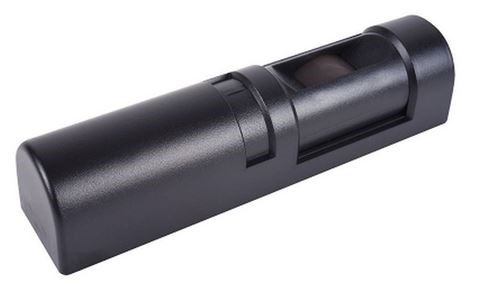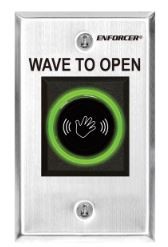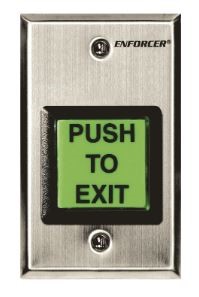Exit devices are generally used as the point of egress for pedestrian gates or doors that are locked via magnetic locks or motorized exits such as a gate or door. In many cases, fire code requires two of these devices at any egress point that has a magnetic or motorized lock for safety.
There are three primary types of exit devices:
- Request to Exit Motion Sensor (REX)
- Wave to Open Device
- Push to Exit Device

Request to Exit Motion Sensors (REX) are normally used as the primary form of egress with doors that are motorized or doors using magnetic locks. These devices sense motion as a person approaches the door and unlocks it. REXs are also adjustable so that they do not open when a person is too far away, keeping the location as secure as possible.

Wave to Open Devices are often used as a secondary form of egress on doors with magnetic locks and as a primary form of egress for pedestrian or motorized gates. These devices have recently become more popular because they do not need to be touched; the user just simply waves their hand in front of the device to unlock the door or gate.

Push to Exit Devices are also used as a secondary form of egress on doors with magnetic locks and as a primary form of egress for pedestrian or motorized gates. A person would simple just push the button to unlock the magnetic lock or to open a motorized gate. These devices also have a model with an integrated timer, which can be a very important enhancement because it allows the user to unlock the door even if the access controller is not functioning properly. We recommend using a push to exit button with a timer in conjunction with magnet locks whenever possible.
Not sure which exit device is best for your application? Contact the STI experts and we’ll point you in the right direction.














